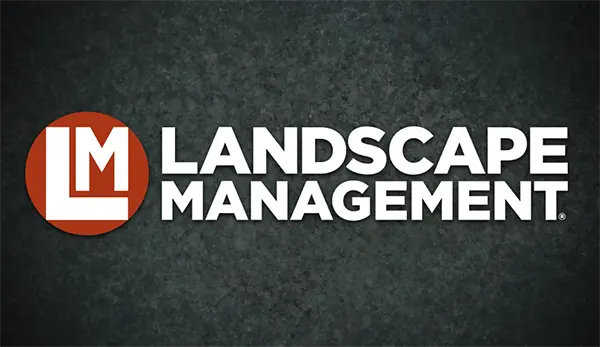In a recent consulting visit with a contractor in the South, my client raised the issue of attrition of her commercial clients. Her retention numbers were far below expectations. She lamented that her firm could easily be in the $10 million range, if she could figure out why she is losing clients.
I took a deep look into her company and found her client turnover issues mirrored her employee turnover. She was turning over account managers, field mangers and even foremen. This is a critical issue because if you want to retain your clients, you have to give them seamless service in the form of a stable employee base that knows the company processes, is well trained and knows the client properties, wants and needs. The worst thing you can do for a maintenance client is keep changing up their crews and their points of contact.
I surveyed my client’s key personnel and found they felt overly “stressed” and a lack of “loyalty” from the owner:
- The owner never made her presence felt. Her front-line foremen rarely saw her.
- She was mostly the bad cop, finding fault and making corrections, when instead she should have presented herself as the good cop with her front-line staff.
- Overtime was kept to a minimum zero and some crews were kept below 40 hours, even in times when they could have used overtime to strategically make more money.
- She would catch mistakes and hold people accountable for them faster than they could catch mistakes themselves. The staff wasn’t empowered to catch their own mistakes.
- She would jump chain of command and micromanage the field managers.
- She never had company events. Work was just work and no fun.
- She didn’t respect the evening and weekend time of her key staff. Because she worked 24/7 she expected her staff to do the same.
- She didn’t communicate the end goals she wanted from her managers, except for “make your margins” and retain our clients. Making margins took precedence.
The solution for my client was to rethink her job and redefine success. She already was making good (great) money, but the lack of structure was hurting morale and future growth. She needed to put a few key managers in place, give them specific goals and let them loose to use their skills to manage the day-to-day operations.
The breakthrough idea was that she needed to find a balance between being a descriptive leader and a prescriptive leader.
A descriptive leader shares the vision and keeps the values clear in employee minds. They keep the “why” alive. They help their managers and staff develop their own goals.
A prescriptive leader develops the systems and focuses on “how” the work gets done.
Great leaders focus on the why and nurture their descriptive leadership style, and they engage their employees to accomplish the prescriptive elements of their company’s work. What kind of leader are you?
Take action
Now, I leave you with two tasks:
- Take an internal survey of your employees to find out how they feel about working in your firm. Engage them in giving you feedback on how you can improve the company and your leadership.
- Interview your top clients and find out how well they feel they are being serviced. What’s working well and what can be improved? Bring this feedback to your company. Your employees will be inspired to take action when they hear from your clients.

